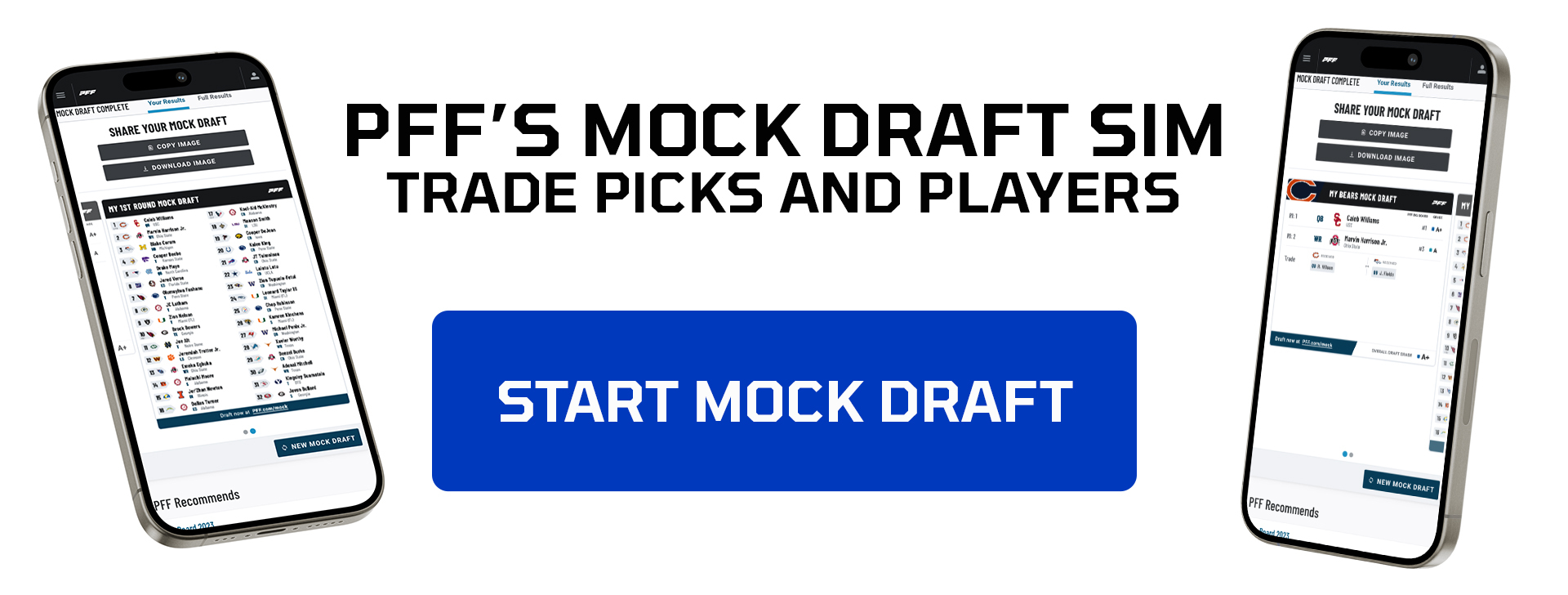USS Hyman G. Rickover (SSN-795) completing acceptance trials from shipbuilder Electric Boat on Oct. 3, 2023. US Navy Photo
The Pentagon’s legislative proposals for the current fiscal year are crucial to Australia’s pursuit of nuclear-powered attack submarines, officials told Congress on Wednesday.
U.S. Navy and the Department of the Navy’s number two civilian advocated for lawmakers to pass the Defense Department’s proposed language for the success of the technology-sharing partnership between the United States, the United Kingdom and Australia, known as AUKUS.
“The message we send to our allies and the negative message that would be sent if we didn’t enact these legislative proposals, would be significant for us in the Indo-Pacific,” Vice Adm. Bill Houston, the commander of Naval Submarine Forces, told the House Armed Services Committee on Wednesday.
“It’s absolutely critical that we execute on this. It’s going to uplift our industrial base. It’s going to uplift our undersea forces. And it uplifts all nations’ ability to defend and have a stable Indo-Pacific region that’s open for all countries. And so the continued support we get via these legislative proposals – which are absolutely critical to training, to accepting money, to do the information transfers we need – are absolutely critical to benefitting all three countries.”
The legislative proposals would allow the United States to sell two Virginia-class attack submarines to Australia, Australia to contribute funds to bolster the industrial base in the U.S., and Australia’s private industry to receive training to help create an indigenous industrial base, according to the Congressional Research Service.
Rear Adm. Jonathan Rucker, the program executive officer for attack submarines, told lawmakers that the proposals are an essential part of integrating the industrial bases of the three nations.
“If I look at the industrial base, today … we already have multiple U.K. companies supporting our Columbia and Virginia construction, providing parts that are vital to be able to build those ships,” Rucker said.
“We have an Australian company that’s already part of our consortium for doing additive manufacturing. So we’re already making those leaps forward. Getting these legislative proposals across allow us to continue to strengthen and partner with their industrial base, with our U.S. as well.”
The Biden administration in March announced a multi-pronged plan for the AUKUS partnership. Under the arrangement, which officials have dubbed the “optimal pathway,” Royal Australian Navy sailors would keep training with U.S. sailors and start training with U.K. sailors. The three nations would also work to have a submarine rotational force operating out of Australia as soon as 2027.
Under the current plan, the RAN could buy up to five Virginia-class nuclear-powered attack boats in the 2030s before Australia has its own indigenous nuclear-powered submarine capability. The U.K. would build the first boats based on the U.K.’s SSNR design for a late 2030s delivery to the RAN. The goal is for Australian to start domestic construction of its first boats in the 2040s, once its workforce and submarine industrial base is capable of building and maintaining the platforms.
Navy Under Secretary Erik Raven told lawmakers that the administration started pursuing this plan in March when it announced the approach.
“If there’s one message that I get from the partners – especially on the ability to train Australians, bring them into our shipyards, whether it’s maintenance or new construction – it’s basically I think the legislative proposals are catching up to where we need to be,” Raven said. “So there is the base for urgency because we are deeply involved in execution today and we need these authorities to be able to move forward.”
During the hearing, Houston said the Navy is trying to improve the operational availability for its own submarines. While the U.S. Navy’s submarines are currently at 66 percent operational availability, the goal is to get to 80 percent by late 2027 or early 2028. Houston said the service is currently on track to meet that goal and that the recent $3.4 billion boost to the submarine industrial base that the Biden administration recently asked for in its supplemental funding request for FY 2024 will help.
Earlier this year, Virginia-class submarine builders General Dynamic Electric Boat and HII’s Newport News Shipbuilding were cumulatively more than 400 months behind on construction. The shipyards are delivering 1.2 attack boats a year and are on a path to reach two Virginias a year by 2028, USNI News previously reported.
Pending Bills in Congress Key to AUKUS Success, Say Pentagon Officials - USNI News - USNI News
Read More

No comments:
Post a Comment